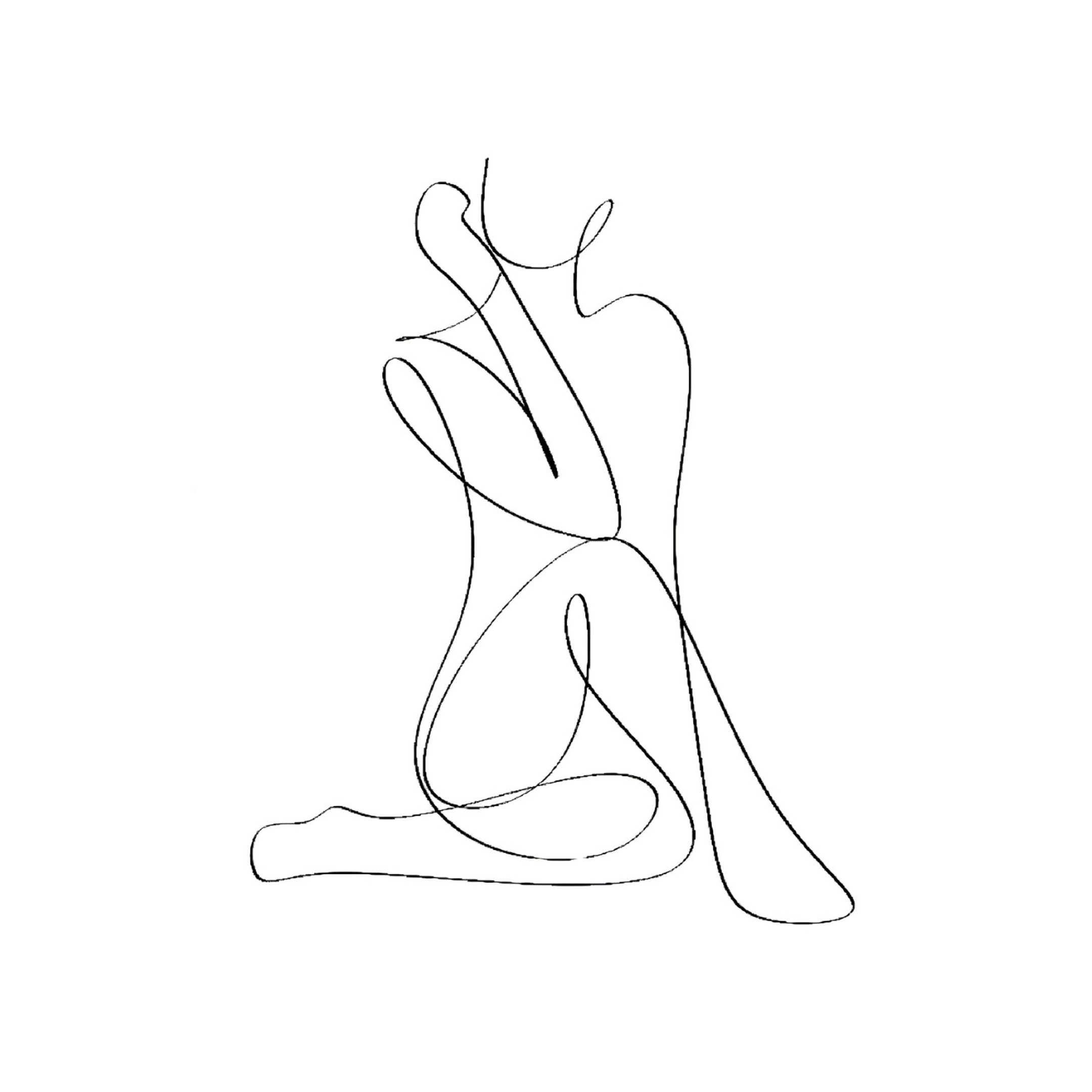Hello,
How Can We Help You?
Contact us on Whatsapp.
Scan it with your camera app or click the QR code to start a conversation.

Breast augmentation, also known as mammoplasty, is a surgical procedure aimed at increasing the size, shape, or fullness of the breasts. The reasons for seeking breast augmentation are varied, ranging from aesthetic desires to reconstruction following surgery or injury. This extensive article will cover the history of breast augmentation, the different techniques used, types of implants, considerations for prospective patients, potential risks and complications, and post-operative care and recovery.


Breast augmentation has a fascinating history that dates back to the late 19th and early 20th centuries. The earliest recorded attempts to enhance breast size involved the use of various materials like paraffin, talc, and even animal grafts. These early procedures often resulted in severe complications. The modern era of breast augmentation began in 1962 when Dr. Thomas Cronin and Dr. Frank Gerow developed the first silicone gel breast implant. Since then, the procedure has evolved significantly, with improved materials, surgical techniques, and a better understanding of patient safety.
Breast implants are the primary tools used in breast augmentation. They come in various types, textures, shapes, and sizes, offering patients numerous options to achieve their desired look.
Silicone Implants Silicone implants are filled with a thick gel that closely mimics the feel of natural breast tissue. They are favored for their natural appearance and soft texture. However, they require regular check-ups with a healthcare provider, as leaks are not always detectable without imaging tests.
Saline Implants Saline implants are filled with sterile saltwater. They are typically inserted empty and then filled once in place, allowing for smaller incisions. If a saline implant leaks, the body safely absorbs the saline, and the implant deflates. Many patients choose saline for their adjustable size during surgery.
Gummy Bear Implants Gummy bear implants are a type of silicone implant characterized by their cohesive gel. This gel maintains its shape even if the implant shell is damaged, reducing the risk of leaks. Their teardrop shape can offer a more natural breast contour than traditional round implants.
Fat Grafting Fat grafting, or autologous fat transfer, involves harvesting fat from another area of the patient's body (such as the abdomen or thighs) and injecting it into the breasts. This method is more natural, but the increase in breast size is typically less dramatic than that achieved with implants.


When deciding on the type of implant, potential patients must consider several factors, including:
Desired Breast Size and Shape: Knowing what look you desire can help narrow down choices.
Body Type: A good surgeon will help assess how implant size and shape will complement the patient's body structure.
Lifestyle: Active patients may prefer certain implant types based on their physical activity.
Future Considerations: As life changes, the choice of implant may also need to be reconsidered, so discussing future plans with a surgeon is crucial.
The journey begins with a comprehensive consultation with a board-certified plastic surgeon.
During this appointment, the surgeon will:
Evaluate your health and medical history.
Discuss your goals and motivations for undergoing breast augmentation.
Recommend suitable implant types and sizes based on your anatomy and preferences.
Explain the surgical procedure, including anesthesia options and recovery expectations.


Breast augmentation is typically performed in an outpatient setting under general anesthesia.
The procedure generally follows these steps:
Incision: The surgeon will make incisions in predetermined locations. Common incision sites include: - Inframammary (under the breast) - Periareolar (around the nipple) - Transaxillary (in the armpit)
Implant Placement: Depending on the desired outcome and discussed options, the implants can be placed either submuscular (under the chest muscle) or subglandular (above the chest muscle).
Closure: After the implants are in place, the incisions are closed with sutures, and the breasts are evaluated for symmetry.
Post-operative recovery varies among patients but typically includes:
Initial Recovery: Patients will need someone to assist them home after surgery. Pain and swelling are expected, and a supportive bra is usually recommended.
Follow-Up Care: Regular follow-up appointments with the surgeon ensure proper healing and monitor for potential complications.
Activity Restrictions: Strenuous activities and heavy lifting should be avoided for several weeks.


Like any surgical procedure, breast augmentation carries risks.
Some common potential complications include:
- Capsular Contracture: An abnormal tightening of the scar tissue around the implant, which can alter breast shape and may require additional surgery.
- Implant Rupture: While rare, implant rupture can occur, especially with silicone implants. Regular monitoring is essential.
- Changes in Sensation: Some patients may experience changes in nipple or breast sensitivity, which can be temporary or permanent.
- Infection: As with any surgery, there’s a risk of infection, necessitating prompt medical attention.
- Dissatisfaction with Aesthetic Outcome: While many women are satisfied with their results, some may seek revision surgery for various reasons.
Breast augmentation is a highly personal decision that can significantly enhance a person's self-esteem and body image. With a variety of implant options and surgical techniques available, it is essential for prospective patients to conduct thorough research, consult with experienced professionals, and consider their long-term goals. A successful breast augmentation can lead to a natural enhancement of one's appearance, allowing individuals to feel more confident and satisfied with their bodies. Whether considering breast augmentation for aesthetic reasons or reconstruction, understanding the procedure, benefits, risks, and recovery process is crucial to making an informed decision. Always choose a qualified plastic surgeon, discuss all concerns, and ensure that your expectations are realistic to achieve the best outcomes.

Contact us on Whatsapp.
Scan it with your camera app or click the QR code to start a conversation.